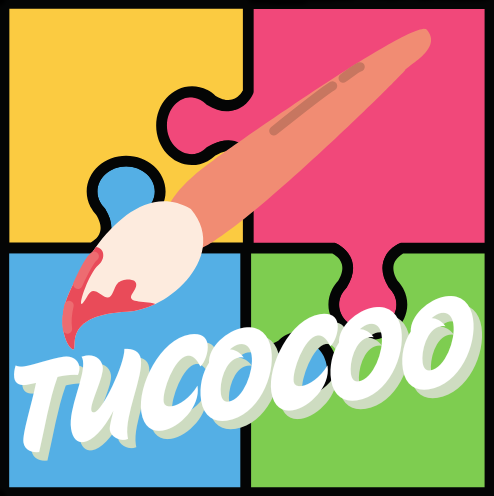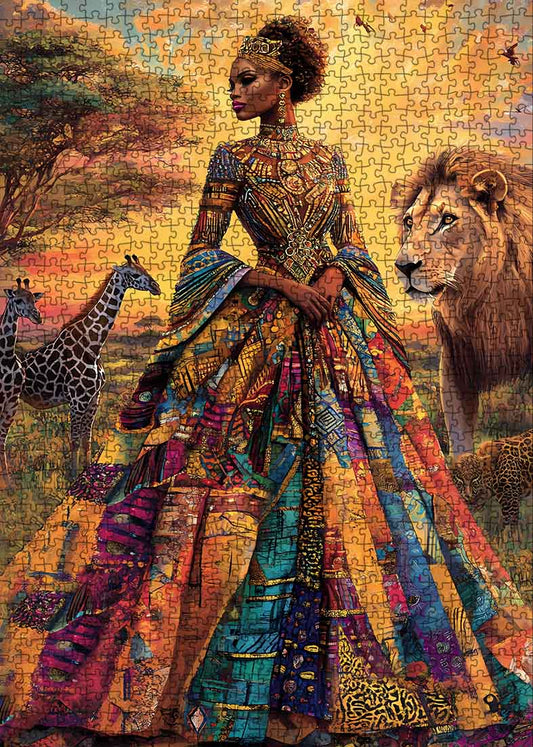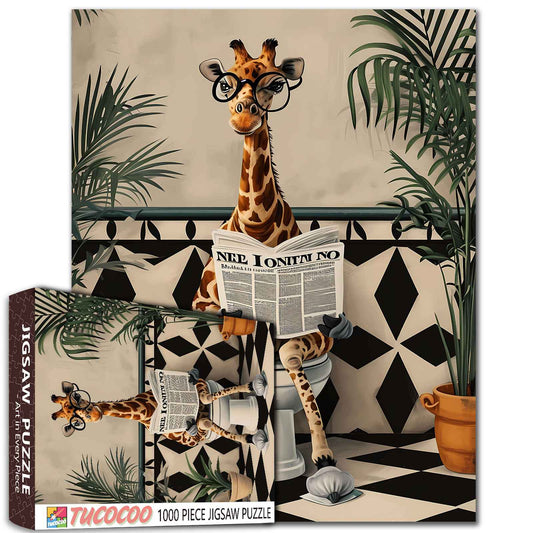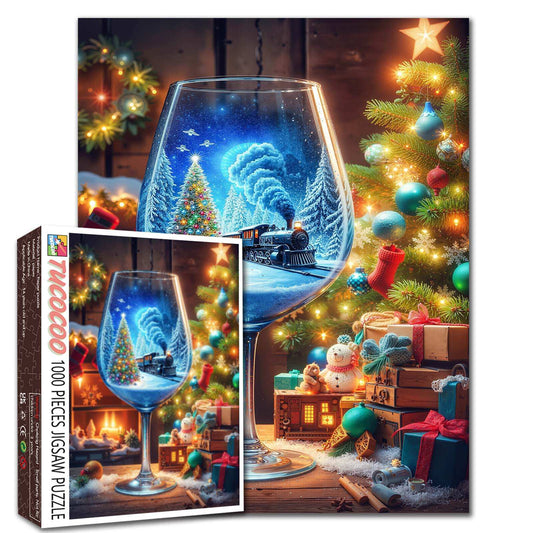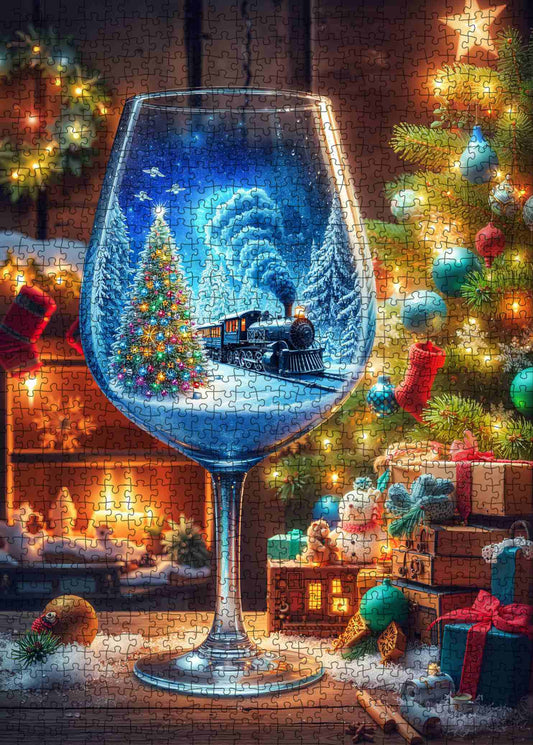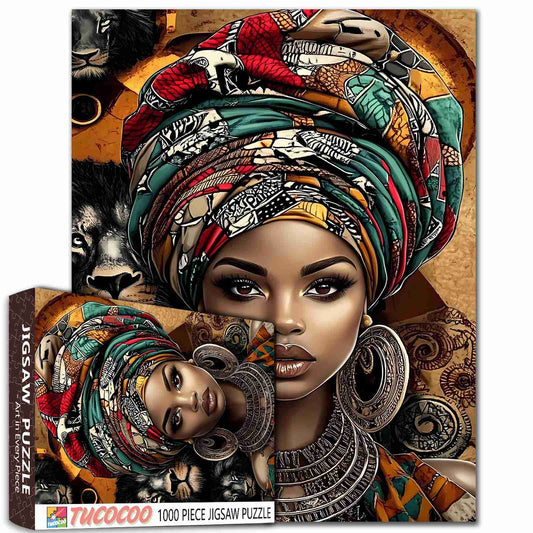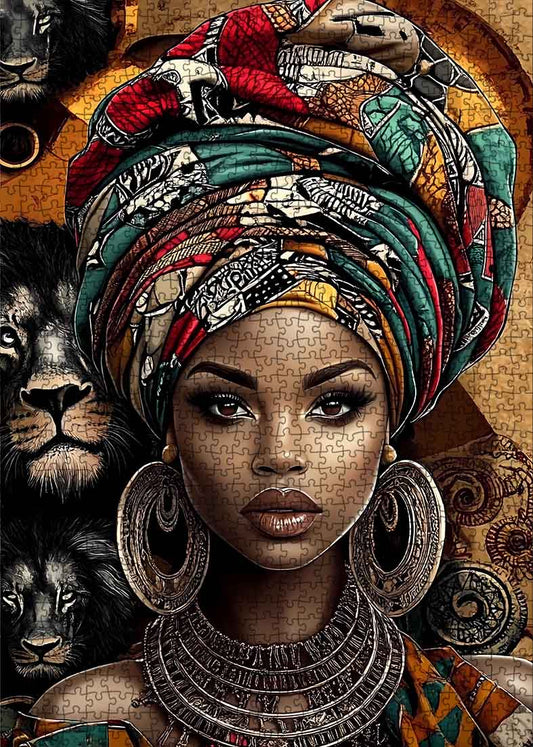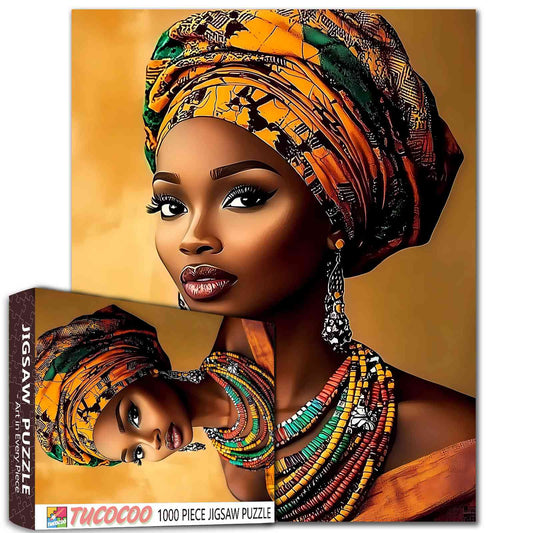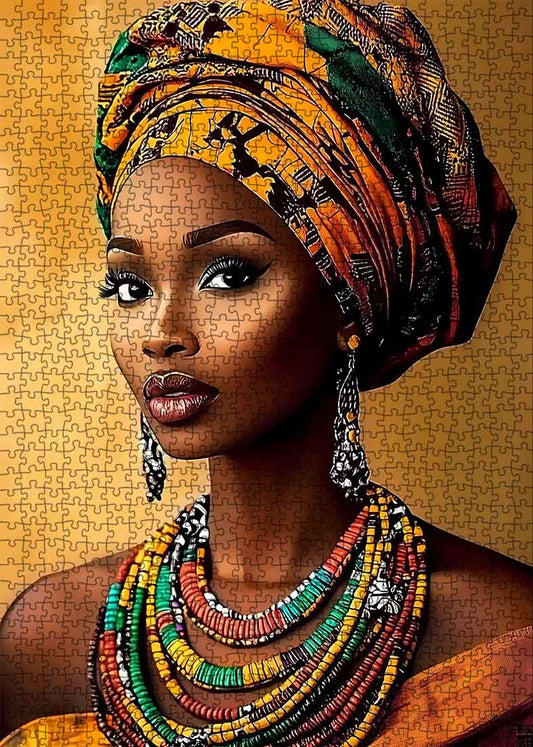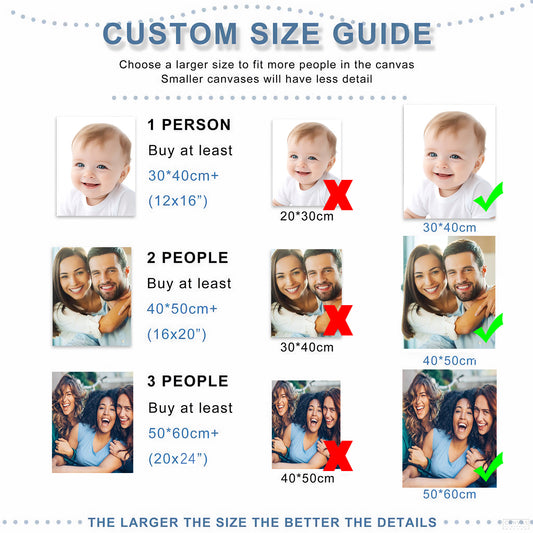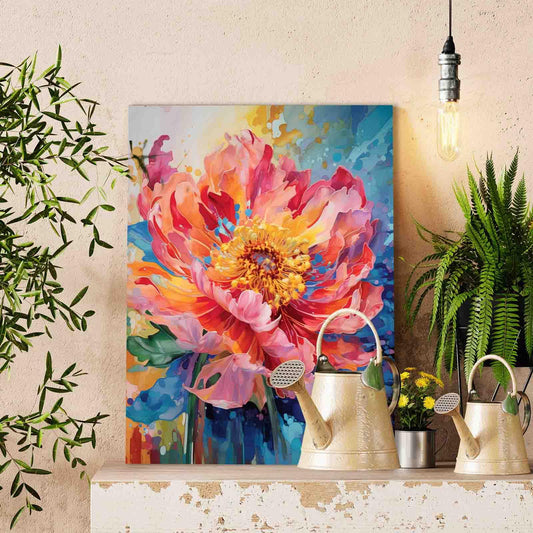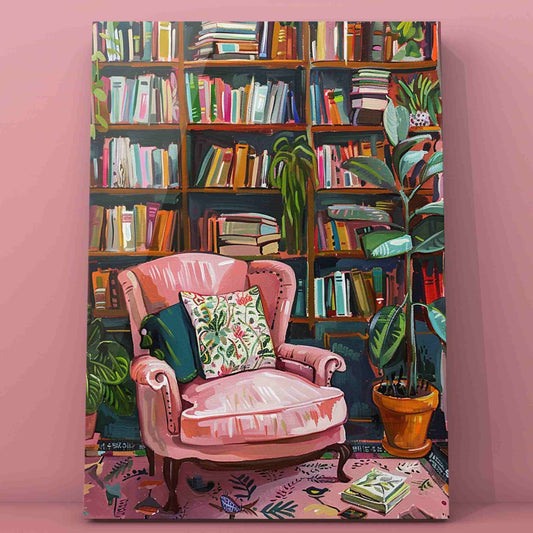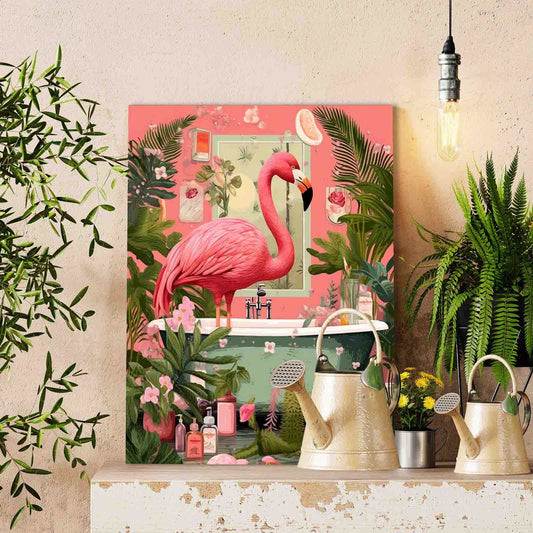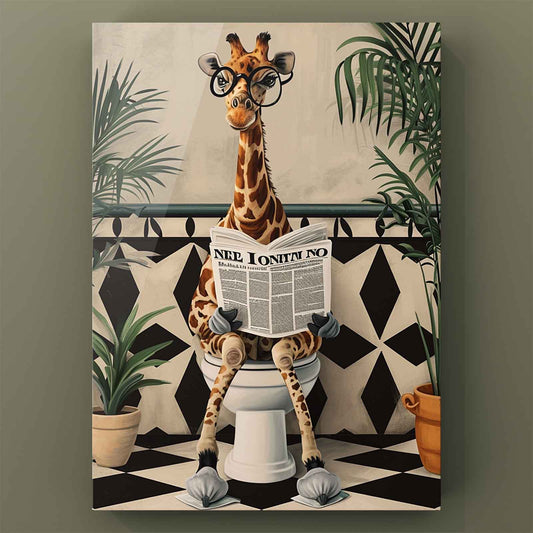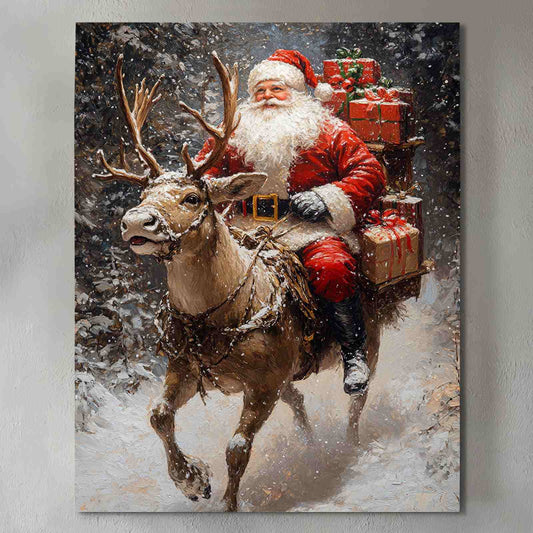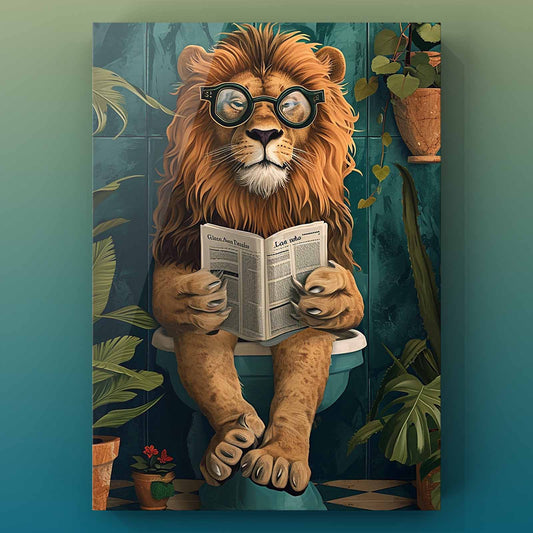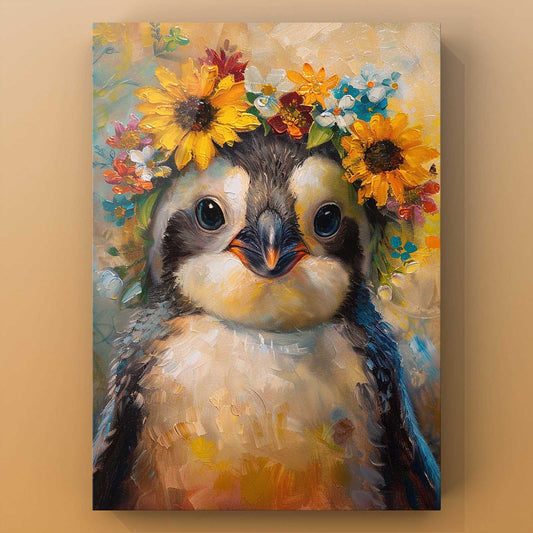
What Is Fairy Art and Why It Matters Today
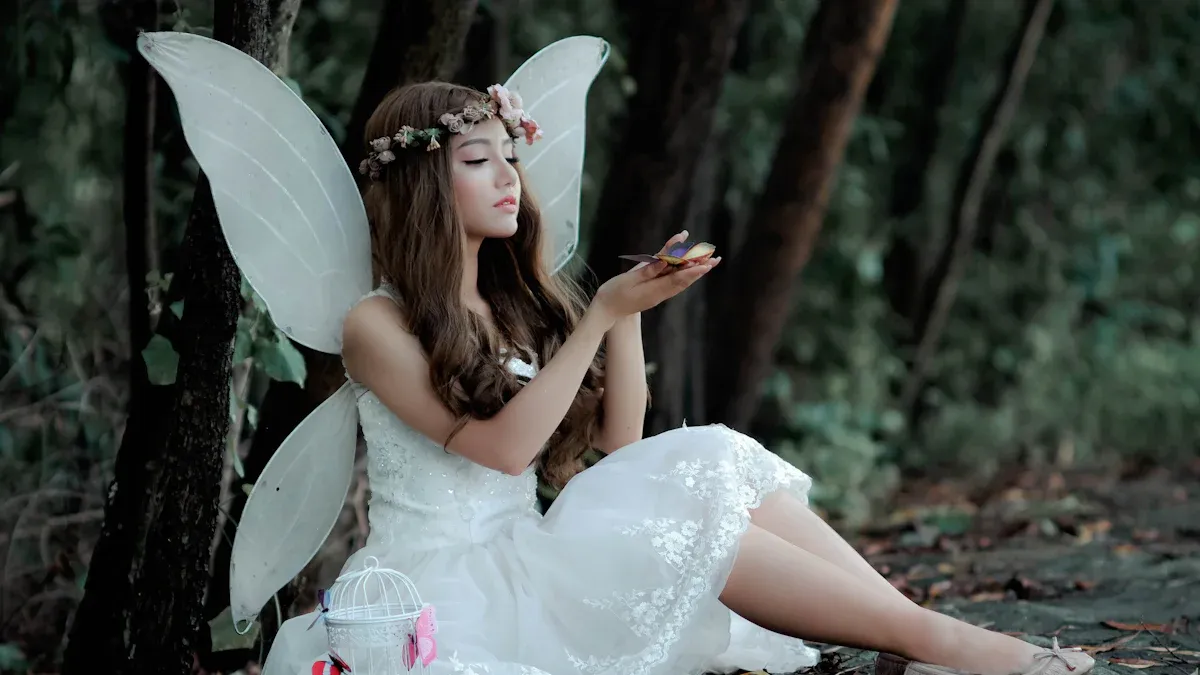
Fairy art captures the whimsical world of fairies and magic, blending imagination and creativity to craft enchanting scenes. This unique form of art often reflects humanity's curiosity about the unknown. It highlights the beauty and mystery of nature while showcasing cultural desires to dream and escape. Fairy art has the power to inspire both your heart and mind with its magical charm.
Key Takeaways
Fairy art mixes fantasy and nature, inspiring creativity and amazement in people.
In Victorian times, artists like Richard Dadd and Arthur Rackham made fairy art popular with their detailed magical stories.
Today, fairy art uses digital tools to make colorful, magical scenes that connect with modern audiences.
Fairy art lets people escape daily life and explore ideas about identity, nature, and growing as a person through magical stories.
Looking at fairy art can inspire you to be creative, helping you imagine stories, draw pictures, or invent characters based on its magical worlds.
The Origins of Fairy Art

Folklore and Mythology as the Foundation
Fairy art comes from old stories and myths. These tales, shared for generations, often included magical beings like fairies and spirits. Cultures all over the world have similar stories. For example:
Persian myths talk about peris, beautiful spirits tied to nature. Ferdowsi's Shahnameh describes these beings in detail.
Stories taught about health, safety, and morals, shaping fairy tales.
These stories inspired artists to create magical beings in their art. Persian peris even influenced European fairy stories. They mixed with Germanic and Eurasian traditions. This blend created rich themes that still inspire fairy art today.
The Victorian Era and the Rise of Fairy Art
The Victorian era was a big time for fairy art. Artists and writers loved creating magical works during this period. Shakespeare's plays, like A Midsummer Night's Dream, were a huge influence. Characters like Oberon, Titania, and Puck made fairies popular.
Victorian artists showed their love for fairies in paintings and exhibits. The Royal Academy held fairy art shows into the 20th century. Famous artists like Richard Dadd, John Anster Fitzgerald, and Sir Joseph Noel Paton led this movement.
Evidence |
Description |
|---|---|
Shakespeare's Influence |
Fairy art often took ideas from Shakespeare's plays. |
Royal Academy Exhibitions |
Fairy art shows kept the genre popular for many years. |
Artists like Dadd, Fitzgerald, and Paton shaped fairy art. |
This era's love for fairies showed a wish to escape tough times. Victorian fairy art brought magic and wonder to a busy, industrial world.
Early Depictions of Fairies in Art and Literature
Fairies have been in art and books for a long time. Early works mixed myths, folklore, and fantasy. Some examples are:
Shakespeare's A Midsummer Night's Dream, which made fairies famous.
Poems by Robert Herrick, John Keats, and William Blake about nature and magic.
Books by George MacDonald and J.R.R. Tolkien that told fairy tales.
Artists also painted fairies in beautiful ways. Richard Dadd's Puck (1841) and Sir Joseph Noel Paton's The Reconciliation of Oberon and Titania (1847) are great examples. Other famous works include:
John Anster Fitzgerald's Faeries in a Bird’s Nest (1860)
Richard Doyle's Dancing Faeries in the Moonlight (1869)
John Atkinson Grimshaw's Spirit of the Night (1879)
“Victorians loved fairies, as seen in their art, plays, and books. British fairy paintings from the 1830s to 1870s show this interest. These works mixed nationalism, Shakespeare, and a protest against materialism. They tried to connect the real world with the magical.”
These early works built the base for today’s fairy art. They mix imagination with cultural stories. Artists and writers still find inspiration in them, keeping fairy magic alive.
Prominent Artists in Fairy Art
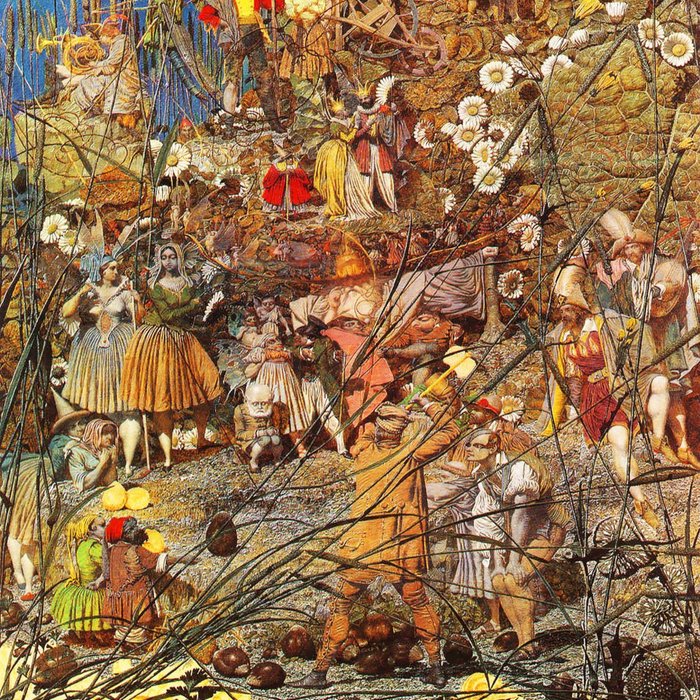
Richard Dadd and His Detailed Creations
Richard Dadd is a well-known name in fairy art. His painting, The Fairy Feller’s Master-Stroke, is full of tiny details. Each figure and plant is carefully drawn. This makes his art feel like a magical, layered world.
Dadd’s paintings often had hidden meanings. The main fairy in his art sometimes showed his personal struggles. He used symbols to share his thoughts and feelings. His mental health and creativity came together in his work. These connections make his fairy art unforgettable.
Arthur Rackham’s Unique Illustrations
Arthur Rackham changed fairy art with his special style. He used pen, ink, and watercolor to create beautiful pictures. His art brought stories like Peter Pan in Kensington Gardens to life.
Rackham used new printing methods to make his art stand out. These techniques made his fairy illustrations feel real and exciting. His work didn’t just change fairy art; it also shaped modern fantasy. Today, his magical worlds still inspire many artists and readers.
Brian Froud and the Modern Fairy Art Comeback
Brian Froud helped bring fairy art back for today’s audiences. His book Faeries, made with Alan Lee, mixes old fairy tales with modern ideas. Froud’s art explores fairy myths, like the seelie and unseelie courts.
Many fans feel deeply connected to Froud’s work. He says they often tell him it feels like “coming home.” His art inspires people to create their own fairy stories. Themes like fairy language and culture keep his work meaningful today. Froud’s influence keeps fairy art alive and exciting for everyone.
The Evolution of Fairy Art
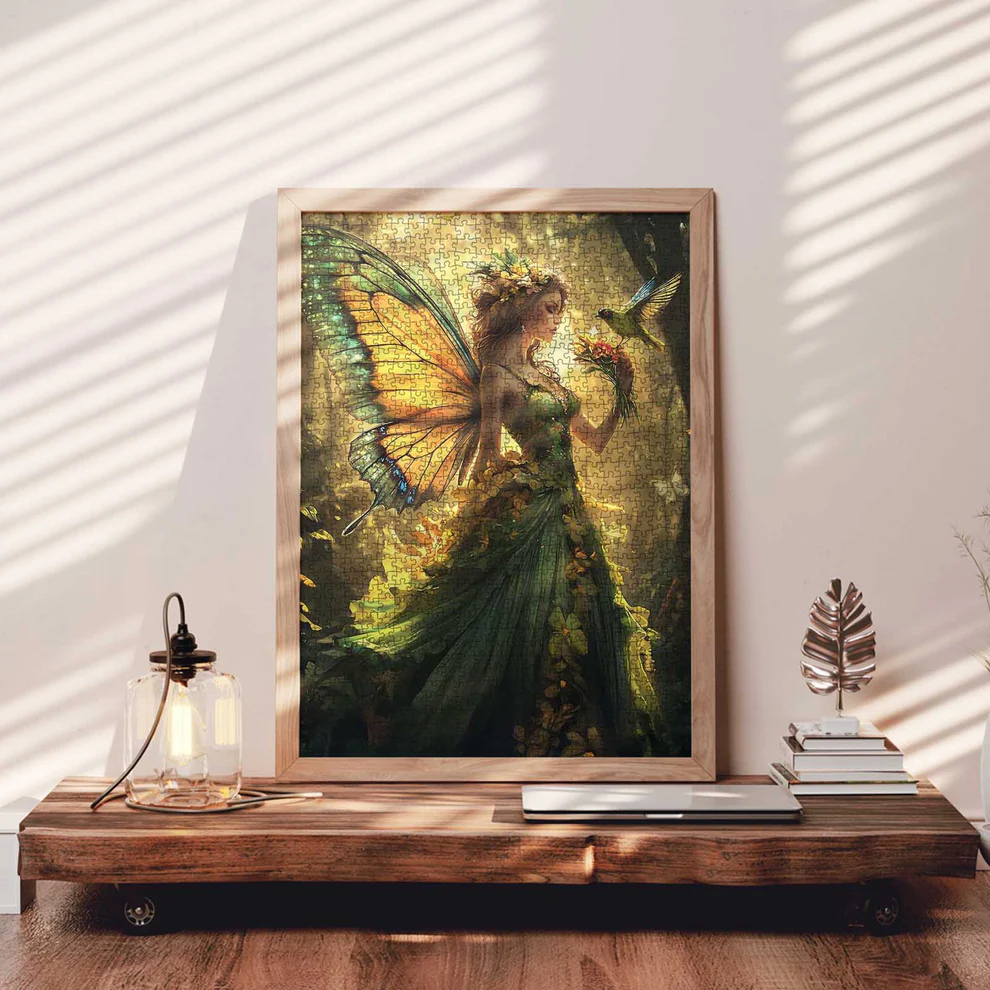
From Traditional to Digital Fairy Art
Fairy art has changed a lot over the years. In the past, artists used tools like oil paints, watercolors, and ink. Famous artists like Richard Dadd and Arthur Rackham made detailed and magical fairy scenes. Their art showed the beauty of fairies and their link to nature.
Now, digital tools have opened new doors for fairy art. Programs like Photoshop and Procreate let artists play with colors, textures, and light. Digital fairy art often has glowing effects, strange landscapes, and magical creatures. This change makes fairy art easier for modern artists and fans to enjoy. You can see digital fairy art in online galleries, social media, and video games.
Fairy Art’s Influence on Fantasy Media
Fairy art has shaped fantasy stories in big ways. Many creators get ideas from the magical worlds and characters in fairy art. For example:
Jiahan Fan says fairy tales inspire his creative thinking.
His art includes dreamlike images, showing fairy art’s magical style.
Movies, books, and games often use fairy-like settings and characters. Think about the glowing forests in Avatar or the magical creatures in The Legend of Zelda. These examples show how fairy art keeps inspiring fantasy stories. It helps take you to amazing, imaginary worlds.
Fairy Art in Contemporary Culture
Fairy art is still important in today’s world. Modern artists like Ericka Beckman and Marianna Simnett give fairy tales a fresh twist. Simnett’s videos use fairy tale ideas, like robot-like insects, to talk about change and purity. Beckman’s art uses gaming themes to explore gender and identity.
These new takes on fairy art show how it grows with society. It reflects today’s values while keeping its magical feel. Whether through old-style paintings or digital art, fairy art still connects you to a world full of wonder.
The Cultural Importance of Fairy Art Today
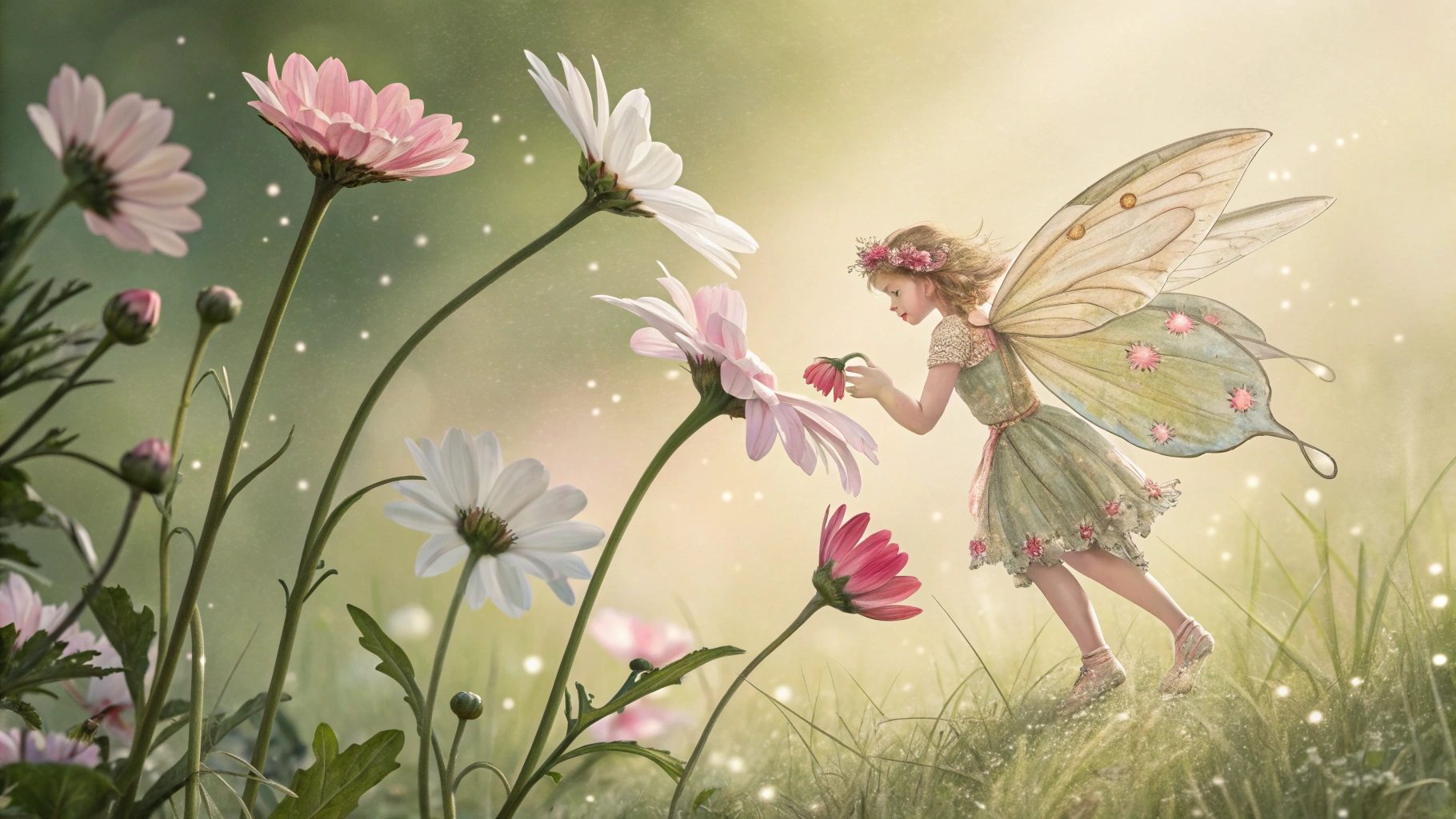
Boosting Creativity and Imagination
Fairy art sparks creativity by showing magical, limitless worlds. It mixes real-life memories with fantasy to inspire artists. For example:
Olga Baumert uses childhood memories and fairy tales in her art.
Her work shows the feelings and imagination from these stories.
Nostalgia plays a big role in her creative process.
Looking at fairy art can inspire you to make your own creations. You might write a story, draw a picture, or design a character. Fairy art reminds you that imagination is a strong way to express yourself.
Escaping and Coping in Modern Life
Fairy art gives a break from today’s busy life. It lets you leave stress behind and enter a magical world. Fairy tales often teach lessons and explore human nature. They help you think about your own life while offering an escape.
Modern artists use fairy stories to talk about today’s problems. They focus on themes like identity, the environment, and social issues. This makes fairy art feel more personal and meaningful. For example:
It reflects culture, personality, and human nature.
It offers escape while connecting to real-world topics.
Fairy art isn’t just about escaping—it helps you learn about yourself and the world.
Connecting Nature and Fantasy
Fairy art shows how nature and fantasy are linked. It features magical forests, creatures, and lively natural elements. This view makes nature seem alive and full of character.
For instance, J.R.R. Tolkien’s books, like The Hobbit, show nature as active and aware. The Old Forest, with its living trees, changes how you see the environment. European fairy tales also include magical forests and lakes, teaching lessons and showing emotions. These stories highlight the bond between nature and people.
Fairy art prints capture this connection beautifully. They bring nature’s magic into your home. Flower fairies, for example, mix flowers with whimsical fairy designs. They celebrate the harmony of nature and fantasy.
Fairy art helps you see nature differently. It blends reality with imagination, showing the magic in everyday life.
Fairy art stays popular because it mixes magic with real life. It lets you visit enchanted worlds and learn important lessons.
Fairy tales show themes like never giving up and being kind.
They change with time to match new cultural ideas.
Main Ideas |
Details |
|---|---|
Lasting Charm |
Fairy tales take you to magical places, inspiring creativity and awe. |
Important Lessons |
They teach kindness and perseverance through the characters' journeys. |
In our busy lives, fairy art gives a break to think and dream. It shows the magic around us and the lasting strength of stories.
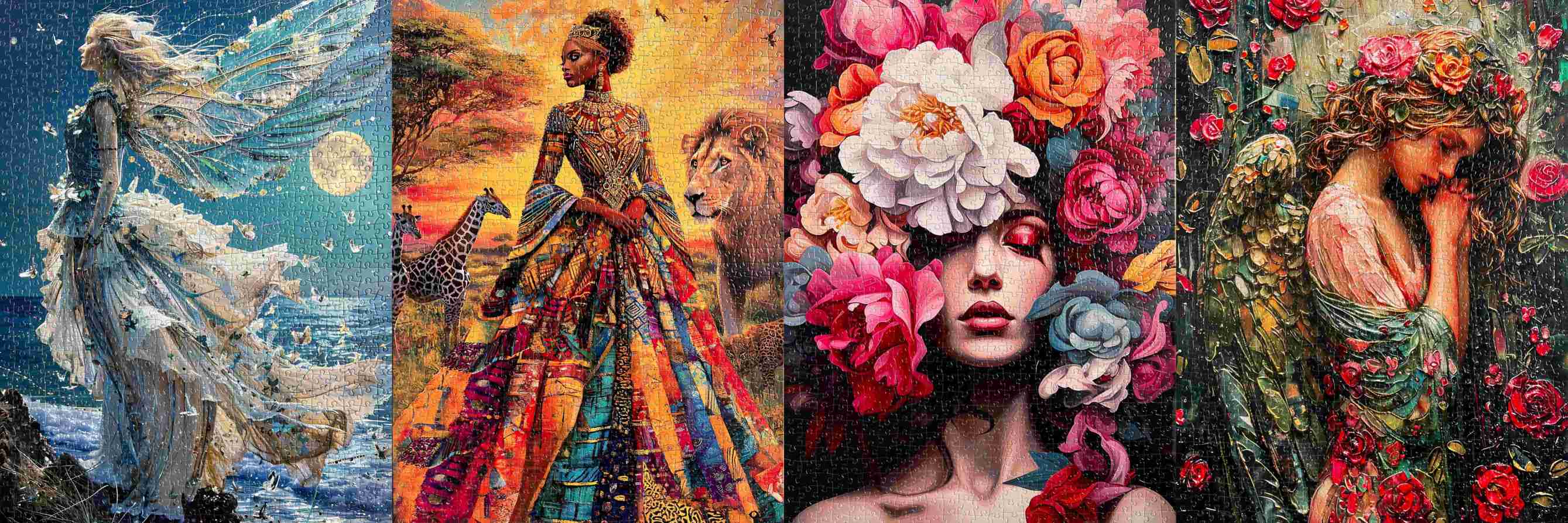
Fairy Jigsaw Puzzles
FAQ
What is the main purpose of fairy art?
Fairy art mixes fantasy with real life to inspire you. It creates magical scenes that spark creativity and bring wonder. This art also shows cultural ideas, feelings, and nature’s beauty.
How has fairy art evolved over time?
Fairy art has moved from oil paints to digital tools. Modern technology helps artists play with light, colors, and textures. This change makes fairy art easier to share and enjoy worldwide.
Why do people still enjoy fairy art today?
Fairy art helps people relax and escape from daily worries. It takes you to magical places full of beauty and charm. It also connects to modern ideas like caring for nature and finding yourself.
Can fairy art influence other creative fields?
Yes, fairy art inspires movies, books, and games. Its magical worlds and characters shape fantasy stories. For example, movies like Avatar and games like The Legend of Zelda use fairy art ideas.
How can you start creating fairy art?
Start by looking at fairy tales and nature for ideas. Use pencils or apps to draw magical creatures or places. Let your imagination lead you. Fairy art is about being creative, so have fun with it!
